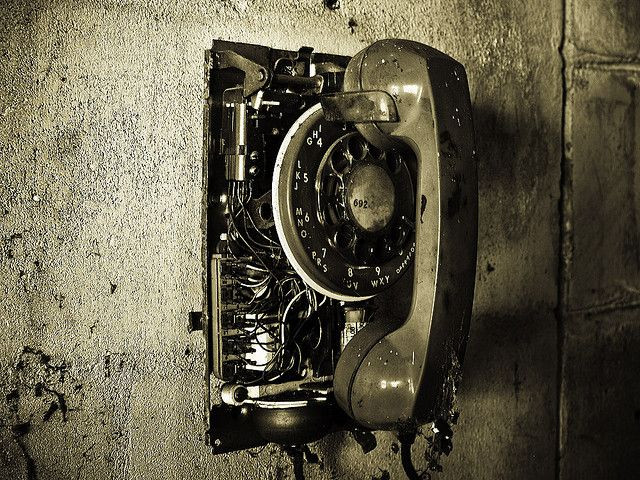You Might've Upgraded To The Best New Tech, But Your Old Tech Is Getting Harder To Throw Away

Technology is rapidly evolving. Every year a new, better piece of tech reaches stores and the hands of consumer all over the world. So, what do people do with their old pieces of tech? Some people hand them down to younger generations or donate them to people without the means to upgrade year after year. Then there are those that throw away these pieces of tech and let the sanitation department take care of them. The question is, then, what happens to the tech that we throw away?
"E-waste is one of the fastest growing waste streams in developing, emerging and developed regions and it covers all electrical and electronic equipment and parts discarded by consumers," says Dr. Sunil Herat, Associate Editor of the journal Waste Management & Research and a Senior Lecturer in the School of Engineering at Griffith University in Queensland, Australia.
Last year, more than 41.8 million metric tons of e-waste was thrown away. E-waste ranges from everything like the phone in your pocket, to you microwave or dishwasher, to your computer and refrigerator. That figure is almost certainly going to rise, with Dr. Herat saying it could increase by 20% by 2018.
Much of the focus recently has been on end-of-life computers, printers, and phones, but Dr. Herat says a focus on a wider area of e-waste is needed to slow the growth of trash.
Australia is one of the biggest offenders when it comes to e-waste. In a study commissioned by the Australia and New Zealand Recycling Platform and conducted by the Economist Intelligence Unit, of the 19.17kg of waste per person per year, 30% of that waste was from handheld devices and electronics. It seems that people in Australia sure love the latest and greatest when it comes to tech. The study also blamed the integration of smart technology into everyday household appliances as a factor in the waste.
"This gives rise to important issues such as how we prepare for the growth in household e-wastes; whether existing take-back programs - which currently exist in only a few countries - are sufficient to handle new demands; and whether regulations are sufficient to ensure small household e-waste items are not mixed with residual waste contents in traditional household bins," says Dr. Herat.
Since there is so much fancy tech in the appliances we’re throwing away, including rare-earth materials in the computer chips and circuits, it’s getting increasingly harder to recycle and dispose of all the tech that we throw away.
Thankfully, some countries around the world are stepping up to the plate when it comes to recycling our old tech. According to Dr. Herat, “In Finland, for example, the government encourages recycling of small household e-waste items by treating them differently from large items. In Japan, consumers do not have to pay the recycling fee for small household items. In the Netherlands, a "pay-as-you-throw" system has seen a significant reduction in small household e-waste items occurring in household waste streams.”
Developing countries provide a more difficult challenge for e-waste policy makers, since “most developing countries do not practice waste segregation at the source," says Dr. Herat.
Published by Medicaldaily.com



























